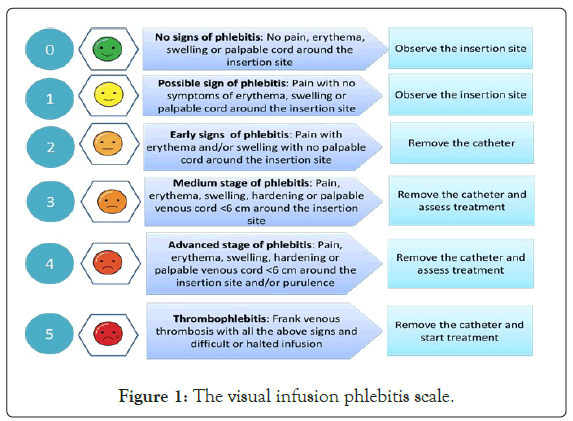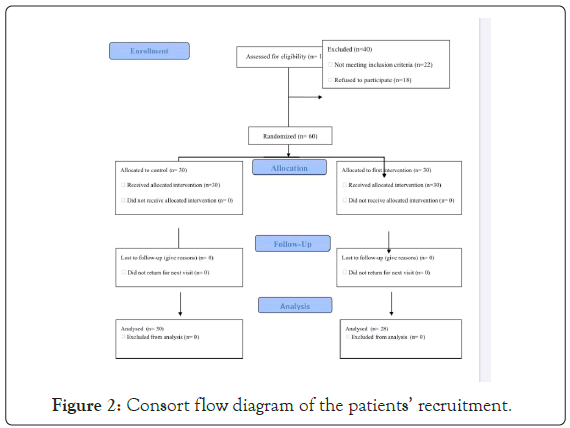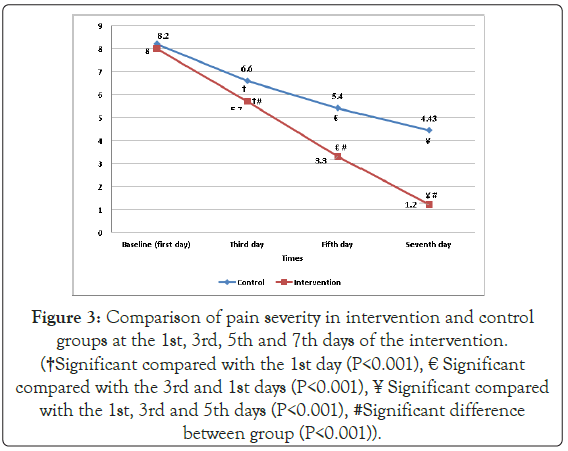Journal of Pharmaceutical Care & Health Systems
Open Access
ISSN: 2376-0419
ISSN: 2376-0419
Short Communication - (2021)Volume 8, Issue 5
Today, cancer is one of the most important health challenges. According to the World Health Organization (2008), the diagnosis of cancer worldwide is increasing steadily [1]. All forms of cancer are the cause of 9% of deaths Make up around the world. Cancer is the second leading cause of death in the developed world, after cardiovascular disease, accounting for 19% of deaths in developing countries, the fourth leading cause of death and the leading cause of 6% of deaths. According to statistics, a total of 50 million deaths occur annually in the world, of which more than 5 million are due to cancer [2]. to treat cancer, various methods are used, including chemotherapy, which is a systemic method [3]. This method uses cytotoxic drugs Comes [4-9].
Phlebitis is an inflammatory condition that is often characterized by a reddish appearance with a twisted and painful vein [10]. Symptoms of phlebitis include redness, fever, inflammation, pain, shooting, and swelling at the injection site [11]. Phlebitis may be caused by intravenous drug injection, infection of the tissues around the vein, trauma, or surgery in childhood and causes inflammation of the inner layer of the vein [12]. Phlebitis in addition to being alone can be dangerous and lead to clot formation and thrombophlebitis and embolism.
Factors such as old age, female gender, neutropenia, malnutrition, weakened immune system, circulatory dysfunction and peripheral neuropathy are effective in causing phlebitis [13]. Factors such as placement, size and duration of canola are also among the factors causing Phlebitis are associated with catheters.
Cancer is one of the major health challenges. Various methods such as chemotherapy for cancer treatment is used mostly used intravenously. The most common complication of catheter-related phlebitis, which affects more than half of patients and as a potential risk for infectious complications is a killer (Figure 1).

Figure 1: The visual infusion phlebitis scale.
In this research, sesame edible oil with 100% purity is used, which is used by Seman Company, which is approved by the Ministry of Health, and its active ingredient is equal to oleic acid (43%), linoleic acid (43%), and palmitic acid (10%). They are stearic acid (4%) and the sample was cultured and free of any bacteria and fungi.
60 patients with colorectal cancer were identified according to the criteria of selection on 06.01.2019 till 11.30.2020 and randomly assigned to the intervention group (A) and control (B), In (A) sesame oil, 10 drops twice a day, and each time it is used on local phlebitis with data and then was dressing (Figure 2). Patient follow- up period was one week. Pain early physical examination as the first, the third, fifth & seven investigated.

Figure 2: Consort flow diagram of the patients’ recruitment.
In this study, in contrast to skin care training and ongoing follow- up, it is possible that patients did not heed some of the health advice. The limitations of this study were that it lasted one week. It was not enough to relieve pain and improve phlebitis in all samples and also the response to intervention in different people was due to genetic differences of different people, which was beyond the control of the researcher.
It is suggested that the effect of topical application of sesame oil on the severity of pain caused by burns with boiling water and chemical burns, as well as the effect of other medicinal plants on the severity of pain and phlebitis.
The results of the chi-square test showed that the distribution of the subjects in the two groups in terms of age, gender, location, education, marital status, occupation, race, injection site pain was similar to the first day there was a statistically significant difference (p>0/05). T-test results proved that the pain in the third, fifth and seventh intervention and control groups were significantly different from each other (p<0/05). Patients in the intervention and control groups in terms of age, sex, place of residence, marital status, education, occupation, race, site of injection, were the same. Although the incidence and severity of phlebitis factors such as age and gender are effective (Figure 3). The mean pain score in the third, fifth and seventh patient and control groups there was a significant difference.

Figure 3: Comparison of pain severity in intervention and control groups at the 1st, 3rd, 5th and 7th days of the intervention. (†Significant compared with the 1st day (P<0.001), € Significant compared with the 3rd and 1st days (P<0.001), ¥ Significant compared with the 1st, 3rd and 5th days (P<0.001), #Significant difference between group (P<0.001)).
The use of local sesame oil has a significant impact on reducing the severity of pain on the third, fifth and seventh compared to patients who did not use topical sesame oil in these days, and sesame oil was able to accelerate the process of healing and recovery use a topical sesame oil reduces the pain caused by trauma to the body.
Citation: Dorchin M, Dorchin A, Attar N, Moradi N, Sharifzadeh Z (2021) The Role of Rubbing Sesame Oil in Improving Chemotherapy Induced Phlebitis in Cancer Patients at Raha Cancer Clinic: Dezful. J Pharma Care Health Sys. 8:234.
Received: 17-May-2021 Accepted: 31-May-2021 Published: 07-Jun-2021 , DOI: 10.35248/2376-0419.21.8.234
Copyright: © 2021 Dorchin M, et al. This is an open-access article distributed under the terms of the Creative Commons Attribution License, which permits unrestricted use, distribution, and reproduction in any medium, provided the original author and source are credited.